a breeder in New York State who has hatching eggs available to people SERIOUSLY interested in preserving this great cold climate breed:
You wouldn't be able to rely on the White Chantecler pullets to hatch
their own eggs. The White Chanteclers were selected against
broodiness. That doesn't mean they never go broody, but they tend to
be significantly less broody than other old breeds, and those that do
go broody on eggs, are often not reliable to carry through the
incubation (they tend to be easier to discourage). It is one of those
trade-offs, as the breed was developed just when artificial
incubation was becoming popular and do-able for ordinary farmers (50
and 100 egg incubators) so selection against broodiness was
considered the right way to go . I have been using a styrofoam
incubator for years and it is okay, but now I'm starting to think it
might be better to use broody hens because they get the chicks really
into foraging for bugs, and I think the chicks grow slower and might
end up tougher and healthier in the long run. However I've had bad
results in many different ways when I've tried broodies of various
breeds and mixes over the last 10 years (and also many decades ago
when I was a kid). But last year decided to give it another go, and
had good results with a couple of young hens that are a mix between
the Partridge variety and the White Chanteclers. I've never had many
Partridge, and have not liked the type of those I had, and the pure
Partridge pullets tended to be too broody too often, when I didn't
want broodies. When I tried crossing Partridge with White to improve
the type of the Partridge, most often the results didn't have good
type, but occasionally a White rooster would seem to really improve
type or the combination of individual mates seemed to nick and be
better than both parents. Anyway I now have a couple broody hens that
were about 1/4 Partridge 3/4 White (they are actually a solid red
color) and both were excellent broodies and good mothers. Both would
bring the chicks to me for hand feeding and hand taming. So I will
try to keep doing that.
However, if you do want to do the natural incubation, of course it is
just fine to use proven broodies of any other breed, if you can get
ahold of them locally somehow. Some people favor silkie crosses, but
I don't like to keep silkies in my cold coops. I have ended up with a
couple odd breed hens around here, and I let a muffed tufted Old
English Game hen brood some White Chantecler eggs in August, just to
see what might happen. Have always heard the Games make excellent
broodies but I was a little concerned this one would raise the
Chanteclers to be wild and fierce. But she was just fine, she didn't
attack me or make her chicks fear me (however she couldn't cover many
eggs, only 6, she is fairly small bodied). And, though so late, the
chicks seem pretty healthy and are tolerating the cold. They do have
feathers but not much underdown development at this age, about 14
weeks old.
Also, I just want to point out that the White Chanteclers are a true
old fashioned multi-purpose breed along the old lines, what was
expected around the end of the 19th century. That means that the
males are quite meaty for roaster age butchering (usually between 6
and 9 months) and were never selected for rapid growth nor for
putting on meat before their bones are developed. And the females
grow up to about 6 to 8 months before they start to lay (depending on
the month of hatch, March hatched will probably lay at 6 months but
May hatched usually wait until January) AND they are not at all
uniform genetically as to egg laying. Their originator expected the
best pullets to lay 150 eggs the first year, and the hens to lay well
though less than that for several years after the pullet year. But he
and all chicken breeders of the time expected to cull pullets quite
heavily for rate of lay, even when they only hatched eggs from the
best layers. So, a really good flock average for the time for any
breed was about 120, and only achieved that through active culling of
the poorer layers of any age, given a mixed age group of hens and
pullets. Some people did like to keep hens only for a couple years
even then, but many people would simply keep all hens no matter what
the age, as long as they were healthy and laying pretty well. And
most people thought only older proven healthy hens that had gone
through at least a couple winters should be used for producing the
hatching eggs to perpetuate the flock.
Many people know all this about old breeds, but some people have
gotten used to the extreme rate of lay and uniformity of the more
industrially selected "production" breeds and therefore have been
disappointed with Chanteclers or other old breeds they've had. A
couple people who got Chanteclers from me really thought they were
defective in production and wanted to cross them with some modern
breeds to "improve productivity"---- HEAVEN FORBID!!! So I like to
mention this general thing about old breeds, that their rate of lay
is and SHOULD BE less than half that of the modern breeds because
they have other adaptive traits that are needed more than sheer egg
production. They aren't broke, and shouldn't be fixed. They are
simply bred to a completely different set of expectations as to
health, adaptiveness to environmental conditions, longevity, and
management inpputs. Their lack of genetic uniformity is a plus that
allows them to be regionally adapted and have healthy immune systems.
If you don't keep these chickens under low input conditions in a cold
climate so that you really need the old type of characteristics that
they have to offer, then you probably can't and won't appreciate
those traits and probably would select againt them in favor of some
aspect of modern productivity. In that case, you would probably be
happier with a newer kind of breed that has already been made more
genetically uniform for mordern production traits under higher input
conditions. But since you are in a coooold climate, I'm guessing you
probably already know all this about old breeds and are inquiring
about the White Chanteclers because you really do want the old type
traits.
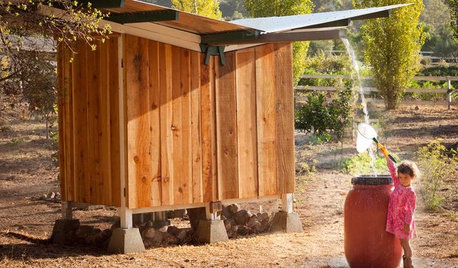
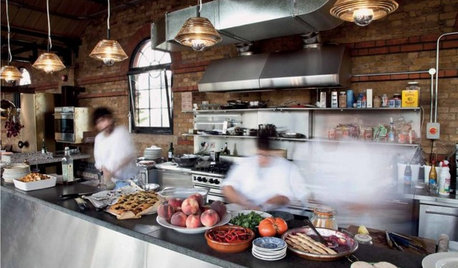
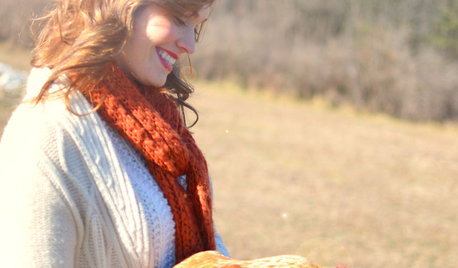

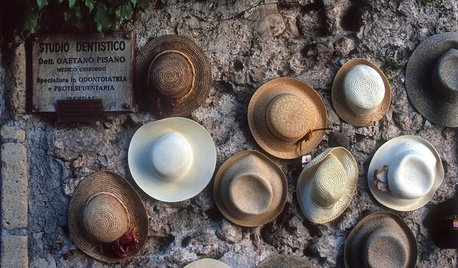
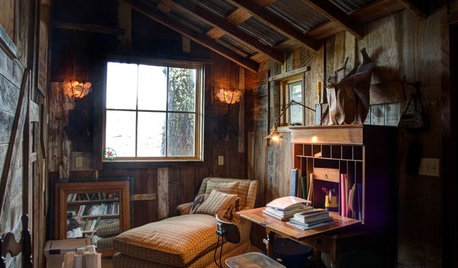
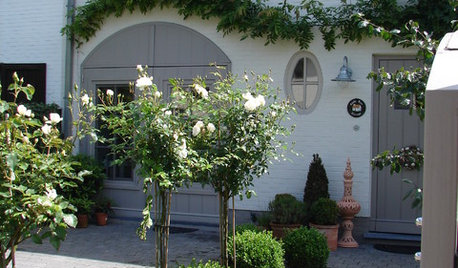





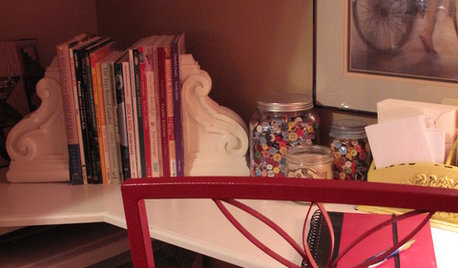
dunwaukin
Bette_WI
Related Discussions
Newbies to raising chickens and need some guidance!
Q
My chicken did brooding, but no little chickens come from the egg
Q
Sharing some information.....
Q
Butchering and canning some chickens?
Q